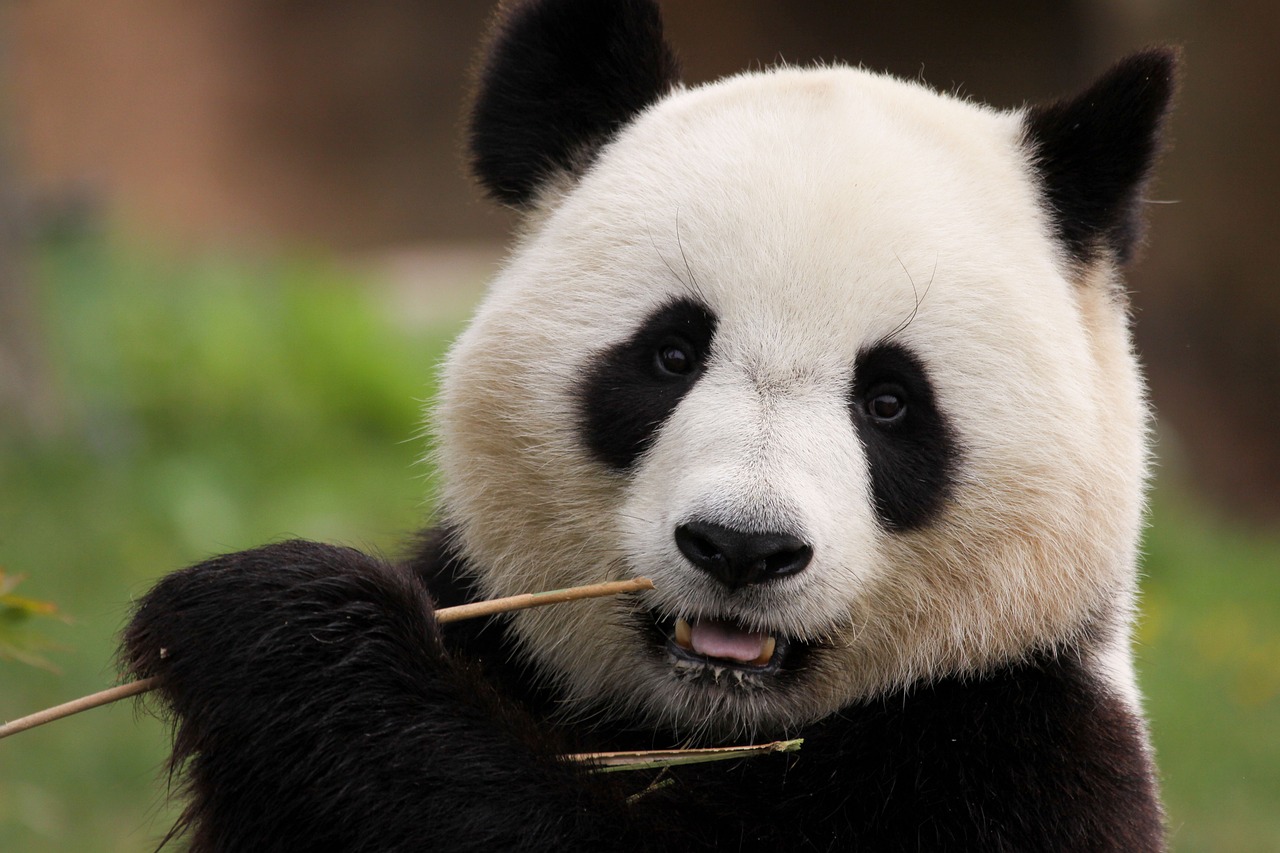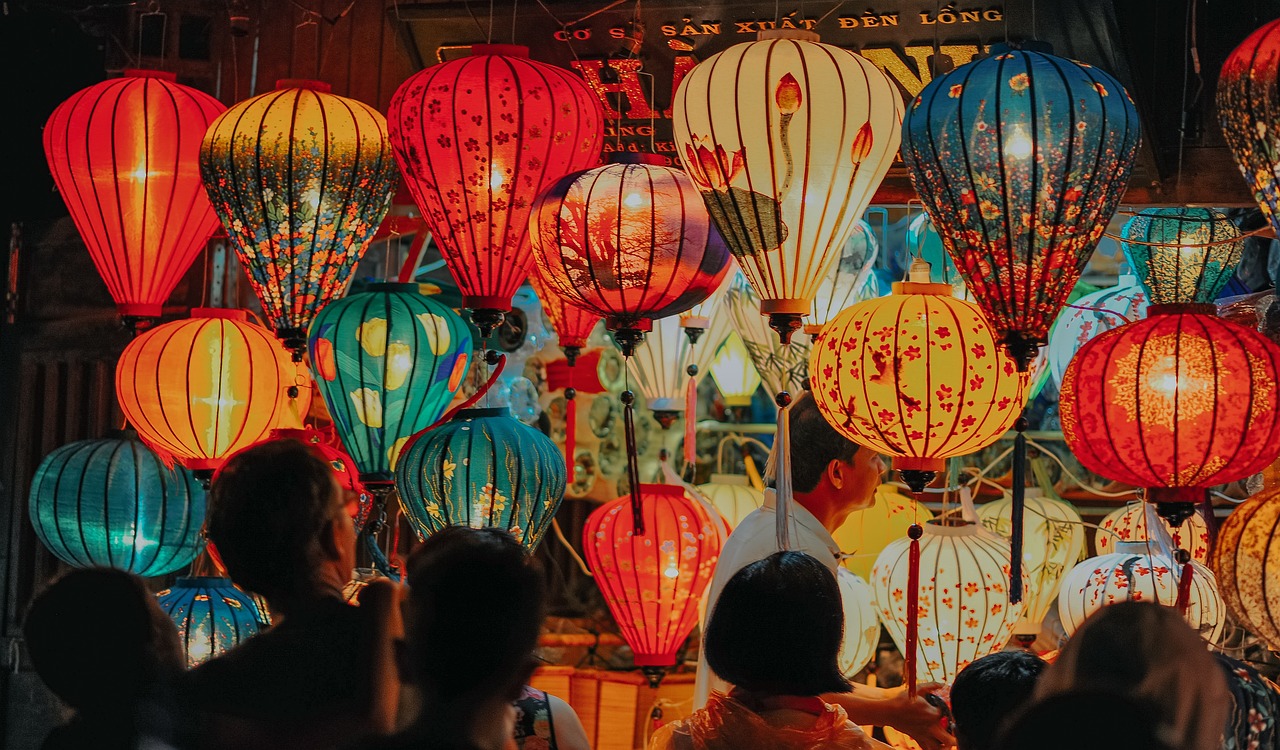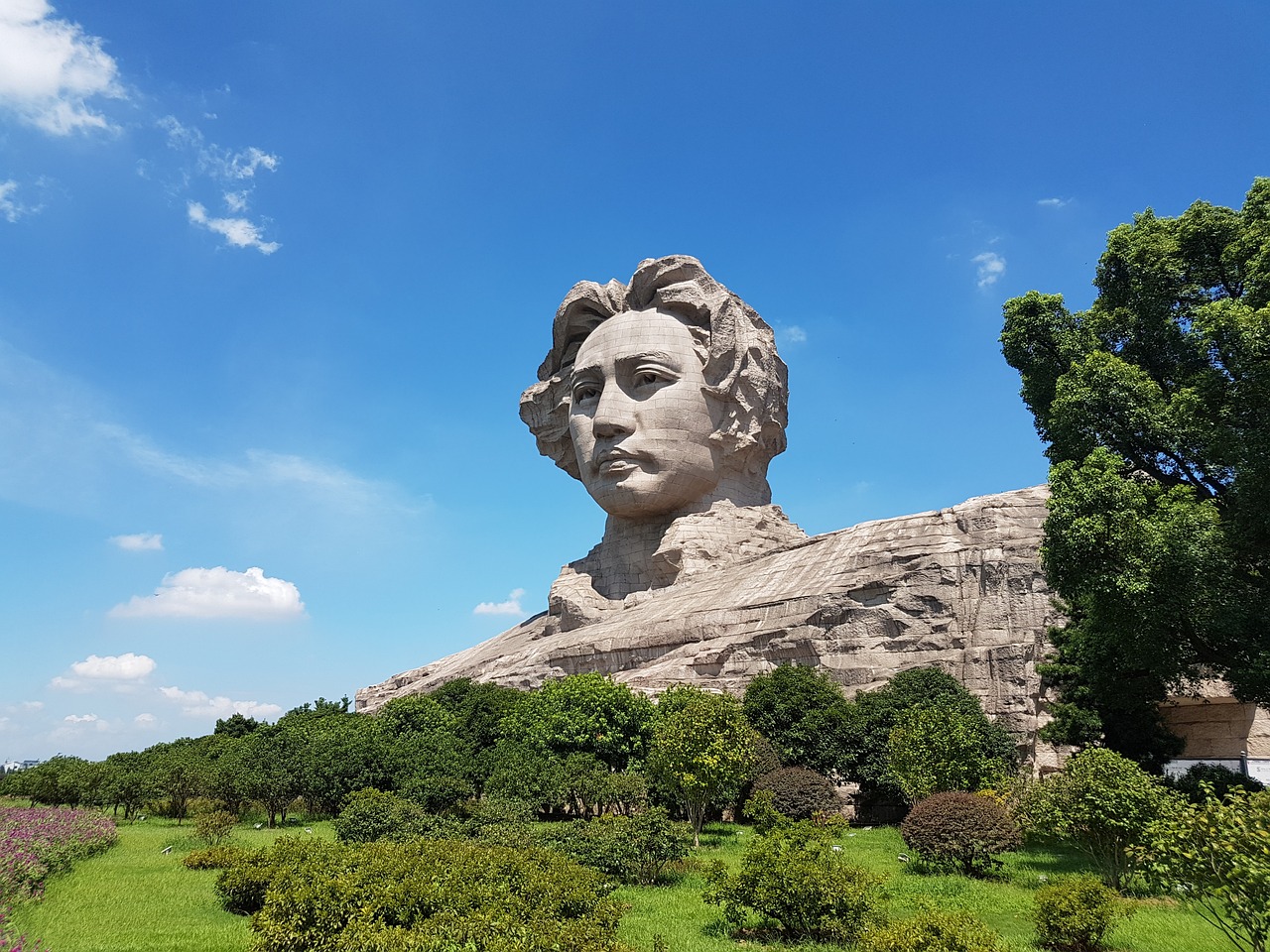China Video
Exploring Local Arts and Hobbies in China
China is a country rich in diverse cultural traditions and artistic expressions. From ancient calligraphy and traditional painting to martial arts and Chinese opera, there are countless local arts and hobbies to explore in China. In this article, we will take a closer look at some of the most prominent and fascinating aspects of China’s local arts and hobbies.
Traditional Chinese Painting
Traditional Chinese painting, also known as guóhuà, is one of the oldest continuous artistic traditions in the world. It has a history of over 2,000 years and is deeply rooted in Chinese culture. This art form focuses on capturing the essence and spirit of the subject matter rather than creating an exact representation. Traditional Chinese paintings often feature landscapes, flowers, birds, and other natural elements. The materials used include ink, brushes, and rice paper. Some famous Chinese painting styles include shan shui (mountain and water) and gongbi (meticulous brushwork).
- Shan Shui: Shan shui paintings aim to depict the harmony between nature and humanity. They often feature towering mountains, flowing rivers, and small human figures.
- Gongbi: Gongbi paintings are characterized by meticulous brushwork and fine details. They often depict figures, flowers, and birds in a highly detailed and realistic manner.
Shan shui paintings are known for their use of brushstrokes to create a sense of movement and depth. The artists use various shades of ink to create different textures and convey the mood of the scene. The emphasis is on capturing the spirit and energy of the landscape rather than providing a realistic representation.
Gongbi paintings require great precision and control over the brush. The artists use multiple layers of thin, translucent colors to achieve a rich and vibrant effect. These paintings are often associated with elegance and refinement.
Chinese Calligraphy
Chinese calligraphy, or shūfǎ, is another ancient art form deeply rooted in Chinese culture. It is the artistic expression of writing Chinese characters using a brush and ink. Calligraphy is considered one of the highest forms of visual art in China and is highly regarded for its aesthetic value and expressive power.
- Styles of Calligraphy: There are several different styles of calligraphy, each with its own unique characteristics. Some of the most well-known styles include seal script, clerical script, regular script, running script, and cursive script.
- Tools and Techniques: Calligraphy requires specialized tools such as brushes, ink, inkstone, and paper. The brush is usually made of animal hair and has a pointed tip for creating various strokes and thicknesses.
Seal script is the oldest form of calligraphy and is characterized by its angular and square shapes. Clerical script is more rounded and simplified, while regular script is the most commonly used style in modern China. Running script is more fluid and cursive script is highly abstract and difficult to read.
Calligraphers must have a good understanding of the structure and stroke order of each character to create harmonious and balanced compositions. The art of calligraphy also emphasizes the flow and rhythm of each stroke, as well as the overall composition of the characters on the page.
Chinese Opera
Chinese opera, or jìngjù, is a traditional form of musical theater that combines singing, acting, acrobatics, and martial arts. It has a history of over 2,000 years and is known for its colorful costumes, elaborate makeup, and distinctive vocal techniques.
- Regional Variations: There are several regional variations of Chinese opera, each with its own unique style and characteristics. Some of the most famous ones include Peking opera, Cantonese opera, and Sichuan opera.
- Performing Arts Schools: Chinese opera requires years of training and practice to master. Many young performers start their training at a young age in specialized performing arts schools.
Peking opera is the most well-known form of Chinese opera and is characterized by its elaborate costumes, stylized movements, and high-pitched singing. Cantonese opera features more melodic singing and vibrant stage settings, while Sichuan opera is known for its comedic elements and face-changing techniques.
These schools teach various aspects of Chinese opera, including singing, acting, acrobatics, and martial arts. Students learn to control their voices, master complex dance routines, and perfect their movements to convey different emotions and characters on stage.
Chinese Martial Arts
Chinese martial arts, or wǔshù, have a long history and are deeply intertwined with Chinese culture and philosophy. These martial arts styles focus on self-defense, physical fitness, and mental discipline.
- Styles of Martial Arts: There are numerous styles of Chinese martial arts, each with its own unique techniques and characteristics. Some of the most well-known styles include Tai Chi, Wing Chun, Shaolin Kung Fu, and Baguazhang.
- Health Benefits: Chinese martial arts offer numerous health benefits, including improved strength, flexibility, coordination, and cardiovascular fitness.
Tai Chi is a slow and graceful martial art that emphasizes balance, flexibility, and inner strength. Wing Chun is a close-range combat style known for its quick and efficient movements. Shaolin Kung Fu is a comprehensive system that combines various techniques, forms, and weapons. Baguazhang focuses on circular movements and evasive footwork.
Practicing martial arts also promotes mental well-being by reducing stress, improving focus, and cultivating discipline and self-control. Many people practice Chinese martial arts as a form of meditation and a way to achieve harmony between mind and body.
Chinese Tea Ceremony
The Chinese tea ceremony, or chádào, is a traditional ritual that involves the preparation and presentation of tea. It is not only a way to enjoy tea but also a cultural practice that reflects harmony, respect, and mindfulness.
- Tea Varieties: China has a rich tea culture with a wide variety of teas, each with its own unique flavor and characteristics. Some popular types of Chinese tea include green tea, black tea, oolong tea, and pu-erh tea.
- Ceremonial Steps: The Chinese tea ceremony follows a set of steps that involve preparing the tea, serving it to guests, and savoring its flavors.
Green tea is known for its fresh and grassy flavor, while black tea has a stronger and more robust taste. Oolong tea falls somewhere in between, with a range of flavors from floral to fruity. Pu-erh tea is a fermented tea that develops complex flavors over time.
The ceremony typically includes rinsing the teaware, steeping the tea leaves, pouring the tea into small cups, and serving it to guests. Each step is performed with precision and mindfulness to ensure the best taste and experience.
Chinese Paper Cutting
Chinese paper cutting, or jiǎnzhǐ, is a traditional folk art that involves cutting intricate designs out of paper. It is believed to have originated in China over 2,000 years ago and is often used for decorative purposes during festivals and celebrations.
- Symbolism and Themes: Chinese paper cutting often incorporates symbolic elements and themes from Chinese culture and folklore.
- Regional Styles: Different regions in China have their own distinct styles of paper cutting, each with its own unique characteristics.
Common motifs include flowers, animals, mythical creatures, and auspicious symbols like the Chinese character for luck (福). Each design is carefully cut by hand using scissors or knives, resulting in delicate and intricate patterns.
For example, the northern style emphasizes bold and symmetrical designs, while the southern style features more intricate and detailed patterns. The art of paper cutting has been passed down through generations and continues to be a cherished cultural tradition in China.
China Image 1:

Chinese Silk Embroidery
Chinese silk embroidery is a traditional craft that involves using silk threads to create intricate designs on fabric. It has a long history in China and is known for its exquisite beauty and fine craftsmanship.
- Techniques and Styles: Chinese silk embroidery encompasses various techniques and styles, each with its own unique characteristics.
- Materials and Tools: Silk threads are the primary material used in Chinese silk embroidery. The threads are carefully dyed to achieve the desired colors and shades.
Some popular styles include Su embroidery, Xiang embroidery, and Shu embroidery. Su embroidery is known for its delicate and meticulous stitches, while Xiang embroidery features bold and vibrant colors. Shu embroidery is highly detailed and often depicts landscapes, flowers, and birds.
Embroiderers use specialized needles and hoops to create the intricate designs. The art of Chinese silk embroidery requires patience, precision, and a deep understanding of color blending and shading.
Chinese Paper Lanterns
Chinese paper lanterns, or zhǐzhúdēng, are a traditional form of decoration that is widely used during festivals and celebrations in China. They are made of paper and feature colorful designs and patterns.
- Symbolism and Festivals: Chinese paper lanterns are often associated with good luck, prosperity, and warding off evil spirits.
- Construction and Illumination: Chinese paper lanterns are typically made by attaching thin bamboo strips to form the skeleton of the lantern, which is then covered with colored paper or silk.
They are commonly used during festivals such as the Lantern Festival, Mid-Autumn Festival, and Chinese New Year. Lanterns come in various shapes and sizes, from simple round lanterns to intricate multi-tiered designs.
Traditionally, they were illuminated using candles or oil lamps placed inside the lantern. Nowadays, electric lights are often used for safety reasons. The soft glow of the lanterns creates a warm and festive atmosphere during celebrations.
China Image 2:

Traditional Chinese Music
Traditional Chinese music has a long history and is an integral part of Chinese culture. It includes a wide range of instruments, vocal styles, and musical genres.
- Instruments: Traditional Chinese music features a variety of instruments, including the erhu (a two-stringed bowed instrument), pipa (a plucked string instrument), guzheng (a zither), and dizi (a bamboo flute).
- Genres and Styles: Traditional Chinese music encompasses various genres and styles, each with its own distinct characteristics.
Each instrument has its own unique sound and playing technique. Traditional Chinese orchestras often combine these instruments to create harmonious and melodic compositions.
Some popular genres include guqin music (played on the guqin, a seven-stringed zither), Beijing opera music (accompanies Peking opera performances), and folk music from different regions of China. Traditional Chinese music often reflects the cultural heritage and history of the region it originates from.
Chinese Pottery and Porcelain
Chinese pottery and porcelain have a long and esteemed history that dates back thousands of years. It is known for its exquisite craftsmanship, intricate designs, and beautiful glazes.
- Historical Significance: Chinese pottery and porcelain have played a significant role in the development of ceramics worldwide.
- Techniques and Styles: Chinese potters developed various techniques to create unique and stunning pottery and porcelain.
China is credited with inventing porcelain during the Tang Dynasty (618-907 AD). The country has produced a wide range of pottery and porcelain, including celadon, blue and white porcelain, and imperial kiln ceramics.
These techniques include throwing, hand-building, carving, and glazing. Different regions in China have their own distinctive styles and characteristics. For example, Jingdezhen in Jiangxi Province is renowned for its fine porcelain, while Yixing in Jiangsu Province is famous for its teapots.
China Image 3:

Conclusion
Exploring local arts and hobbies in China offers a glimpse into the rich cultural heritage and artistic traditions of this fascinating country. From traditional painting and calligraphy to opera, martial arts, and tea ceremonies, there is something for everyone to discover and appreciate. Whether you’re interested in visual arts, performing arts, or traditional crafts, China has a vibrant and diverse artistic scene that is sure to captivate and inspire.
References:
– travelchinaguide.com
– chinahighlights.com
– chinaculturetour.com
– chinaheritagequarterly.org
– chinadiscovery.com


